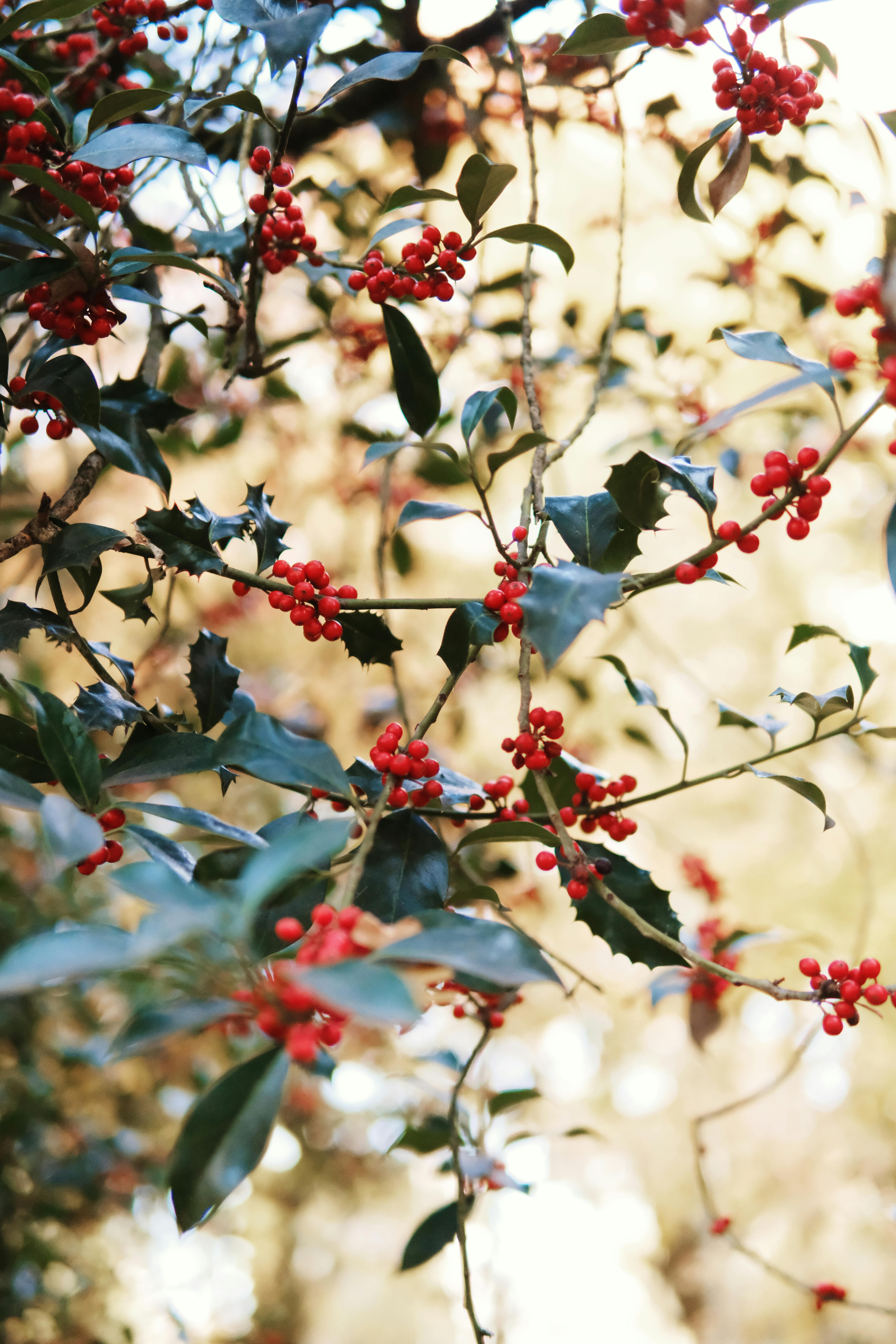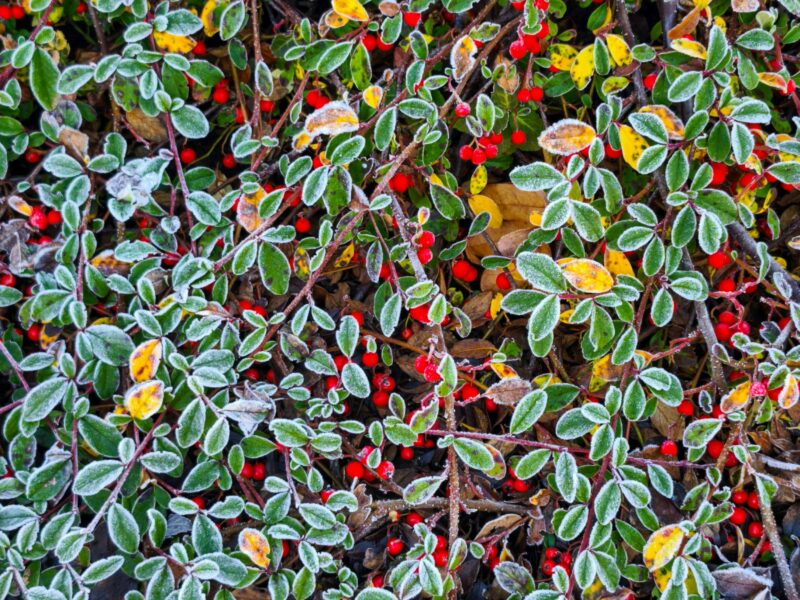A beautiful, productive garden doesn’t have to fade away after one season. With thoughtful planning, you can enjoy color, harvests, and growth all year long. Successful gardeners know that timing is everything—each season offers new opportunities to plant, prune, and prepare.
Whether your goal is a steady supply of vegetables, a rotating display of blooms, or simply a vibrant landscape through all four seasons, this guide breaks down what to plant—and when—to keep your garden thriving from January to December.
Spring: The Season of Renewal
Spring is every gardener’s fresh start. As the soil warms and daylight increases, it’s time to plant, prune, and prepare for a year of growth.
What to plant:
- Cool-season vegetables: Start lettuce, spinach, kale, radishes, peas, and carrots as soon as the ground is workable. These hardy crops thrive in mild spring weather.
- Herbs: Basil, parsley, cilantro, and dill grow quickly from seed or starter plants.
- Flowers: Pansies, violas, snapdragons, and sweet peas bring instant color while withstanding cool nights.
- Perennials and shrubs: Plant or divide hardy perennials like hostas, daylilies, and coneflowers before summer heat sets in.
Spring tasks:
Clean up winter debris, enrich the soil with compost, and edge your garden beds. Mulch after planting to retain moisture and suppress weeds. Prune early-flowering shrubs after they bloom to shape them without cutting off next year’s buds.
Spring sets the foundation for everything to come, so take your time preparing and planting thoughtfully.
Summer: Growth, Color, and Abundance
Summer is when your garden bursts into life—flowers bloom, vegetables ripen, and pollinators are everywhere. It’s also the season that requires the most maintenance to manage heat and hydration.
What to plant:
- Warm-season vegetables: Tomatoes, peppers, cucumbers, zucchini, squash, beans, and eggplants thrive in hot weather.
- Flowers: Annuals like marigolds, zinnias, cosmos, and sunflowers add long-lasting color.
- Herbs: Rosemary, oregano, thyme, and sage flourish in full sun and dry soil.
- Succession crops: Replant fast-growing vegetables (like lettuce or radishes) every few weeks for continuous harvests.
Summer tasks:
Water deeply in the morning to prevent evaporation. Deadhead spent blooms to encourage new flowers, and stake tall plants for support. Keep an eye out for pests, and use mulch to regulate soil temperature.
Summer is also the perfect time to experiment with container gardens—herbs, tomatoes, and flowers all thrive in pots on patios or balconies.
Fall: Transition and Preparation
As temperatures cool, fall gardening focuses on renewal and resilience. This season is ideal for planting perennials, bulbs, and cool-weather crops that benefit from mild conditions.
What to plant:
- Vegetables: Broccoli, cabbage, cauliflower, carrots, turnips, and kale all grow well in autumn.
- Fall flowers: Mums, asters, and ornamental kale bring seasonal color to your garden.
- Spring bulbs: Tulips, daffodils, crocuses, and hyacinths should be planted before the ground freezes so they can establish roots for next year’s blooms.
- Perennials and trees: Fall planting allows roots to establish in cooler soil without the stress of summer heat.
Fall tasks:
Clean up dead or diseased plants, compost healthy debris, and refresh mulch. Divide and transplant crowded perennials, and add organic matter to prepare soil for next year.
Fall is also the time to plant cover crops like clover or rye to protect and enrich your soil through winter.
Winter: Rest and Reflection
Winter may seem like a break for gardeners, but there’s plenty happening beneath the surface. It’s the perfect time to plan, protect, and even grow indoors.
What to plant:
- Cold-hardy vegetables: In mild climates, plant garlic, onions, kale, and spinach for winter harvests.
- Indoor gardens: Grow herbs like basil, parsley, and mint in pots near sunny windows or under grow lights.
- Evergreens: If the ground isn’t frozen, you can still plant evergreen shrubs or trees to add structure and color to your landscape.
Winter tasks:
Prune dormant trees and shrubs to encourage healthy spring growth. Protect tender plants with burlap or frost covers, and check stored bulbs and tubers for rot. Indoors, start seeds for early spring planting.
Use this time to sketch next year’s garden layout, research new plant varieties, and order seeds early.
A year-round garden is about rhythm and balance—knowing when to plant, when to rest, and when to prepare for the next cycle. By embracing the natural flow of the seasons, you’ll always have something growing, blooming, or thriving in your space.
From the fresh greens of spring to the fiery hues of fall, each season brings new beauty and opportunity. With a bit of planning, your garden won’t just survive the changing weather—it will flourish every month of the year.


